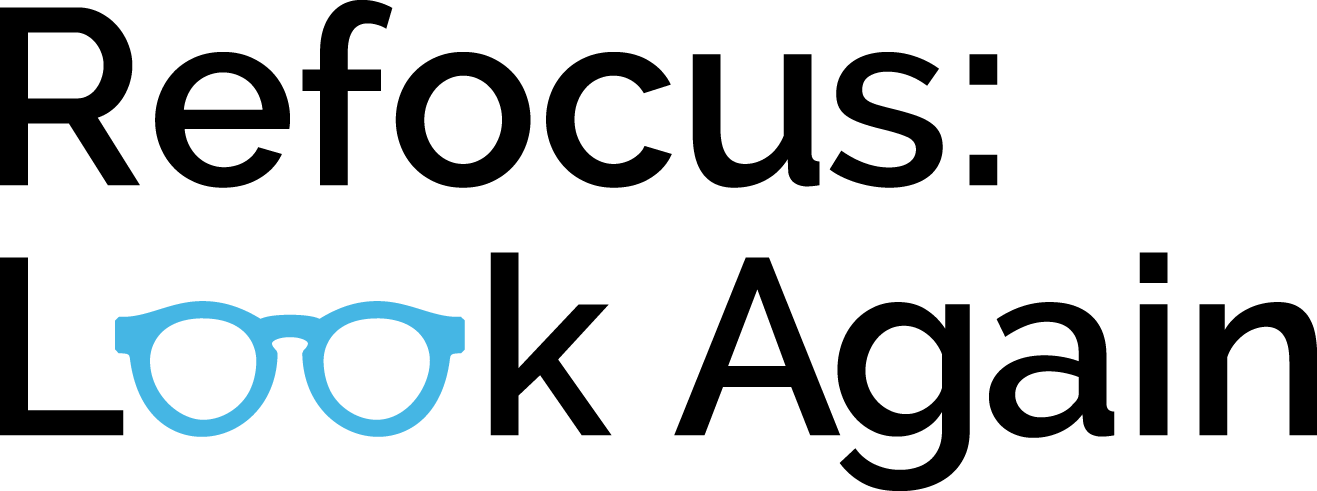The early task force meetings revealed that stigma was not only alive and well in the mental health community at large, but also within the committee itself. In addition to powerful stories of stigma faced by consumers, other stakeholders shared their experiences. For example, family members spoke of feeling blamed when they sought help for their loved ones, providers shared frustrations with interdisciplinary stigma, and it soon became clear that stigma was a matrix from which no one was exempt.
Not only did members of the task force realize that they had been stigmatized themselves, they also realized that they had perpetuated stigma. This painful discovery provided the impetus for the examination of long-standing assumptions. Over the course of many months, members began to challenge each other about what they perceived to be stigmatizing statements, attitudes or behaviors. There were tears, raised voices, hurt feelings. However, there was also insight, awareness, and growth. Beliefs, attitudes, and behaviors started to change.
Not only did members of the task force realize that they had been stigmatized themselves, they also realized that they had perpetuated stigma. This painful discovery provided the impetus for the examination of long-standing assumptions. Over the course of many months, members began to challenge each other about what they perceived to be stigmatizing statements, attitudes or behaviors. There were tears, raised voices, hurt feelings. However, there was also insight, awareness, and growth. Beliefs, attitudes, and behaviors started to change.
The group knew that they had stumbled upon a process that needed to be shared---particularly with people who didn’t see any need for change--- and so began to create an innovative way to share it with the rest of the mental health system. They designed and piloted an interactive workshop, which has now been being facilitated throughout Maryland, around the country and internationally for more than two decades. In 2008, we worked with world-renowned stigma researcher Dr. Patrick Corrigan to design and implement a pilot study to show quantitatively that the Anti-Stigma Project is an effective tool for reducing stigma, and the research project yielded heartening results. In the words of the researchers,“the ASP workshop raises awareness, improves attitudes, decreases stigma, and fosters a sense of personal recovery.” Our definition of the “system” has expanded through the years to include substance use disorders, and indeed the state of Maryland recently merged the addictions system and mental health system into one system addressing “behavioral health.”
Throughout the last 20 years, we have seen paradigms shift, hearts open, pride and arrogance fall by the wayside, and beliefs and behaviors transform within the behavioral health system as well as systems that are connected to it, such as criminal justice, education, and welfare services. The system in Maryland has become one of the best in the nation.
The workgroup has continued to meet, develop additional workshops and tools, gain new and diverse members, create a large cadre of facilitators, and address timely social and community issues affected and/or fueled by stigma. Currently, there are many effective stigma initiatives taking place nationally and internationally. And… we feel we have something unique to add to the mix. During a time when fear-based misconceptions and harmful assumptions about individuals with behavioral health issues are rampant, when inflammatory media coverage of tragic school shootings incorrectly links mental health with violence, the committee thought it was the right time to try to reach a wider audience with our message. And thus the Distorted Perceptions campaign was born.
How did we get here?
In 1993 information emerged from the state of New York indicating that consumers of mental health services felt more stigmatized within the mental health system than outside of it. Armed with this disconcerting news, the Maryland Mental Hygiene Administration (MHA) decided to take action. A task force was created, comprised of 25 stakeholders including consumers, advocates, providers, administrators, and family members to develop a method of examining and addressing the issue of stigma within Maryland’s public mental health system.

